From Windows 8 and Windows Server 2012, the behavior has changed when we delete files from File Explorer. The old good dialog box asking for our confirmation “Are you sure you want to delete these files?” is now deactivated by default, and now when a file deletion is made, it goes straight to the Recycle Bin without asking us.
Others, more daring, prefer the Shift + Delete solution that completely deletes the files by skipping the Recycle Bin.
A lot of us, including me, are a bit “sensitive” to deleting files in general, we prefer to activate this confirmation to have even a small second thought rate before deleting files.
In this article, we will see how to enable the confirmation dialog box when deleting files before they are sent to the Recycle Bin through the graphical environment and through the Group Policy.
Display delete confirmation dialog within the graphical interface
The process is simple and fast. Right-click the Recycle Bin icon on the desktop, and then click Properties.
In the settings window, enable the Display delete confirmation dialog and click OK to save your changes.
Display delete confirmation dialog through the Group Policy
The Group Policy Object responsible for confirming deletion of files is located at:
User Configuration – Policies – Administrative Templates – Windows Components – File Explorer (or Windows Explorer in earlier versions).
Here, set the Display confirmation dialog when deleting files as Enabled.




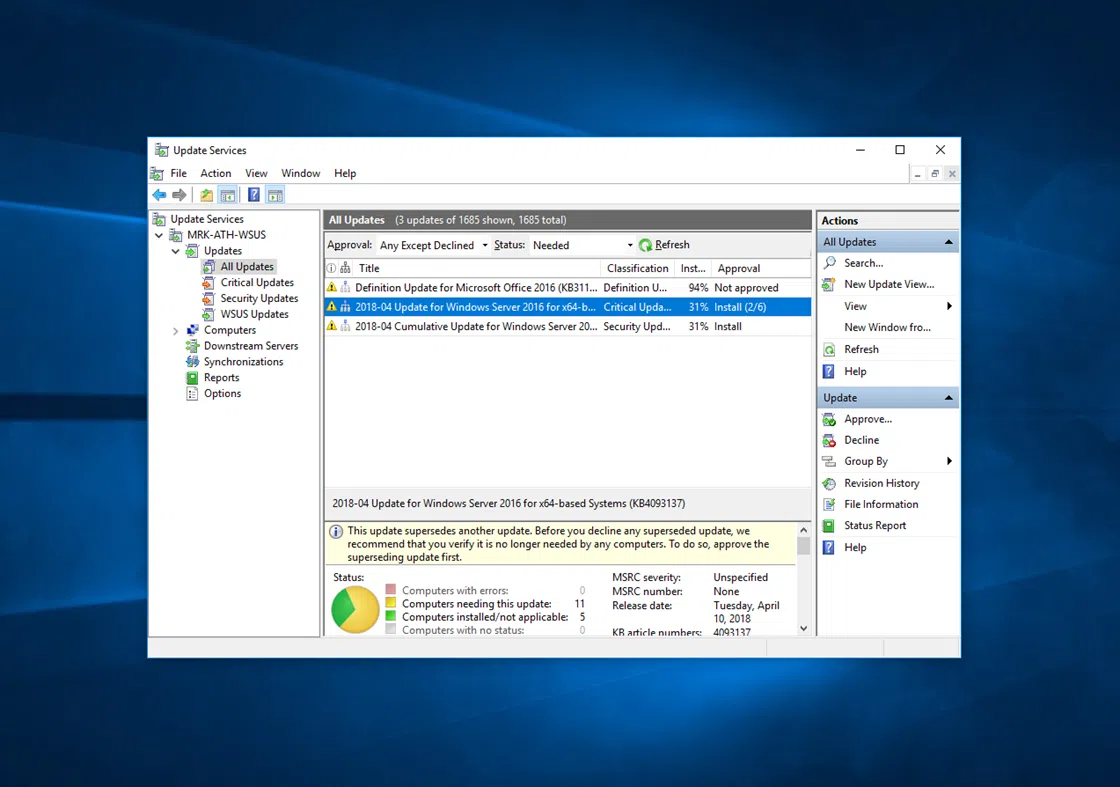
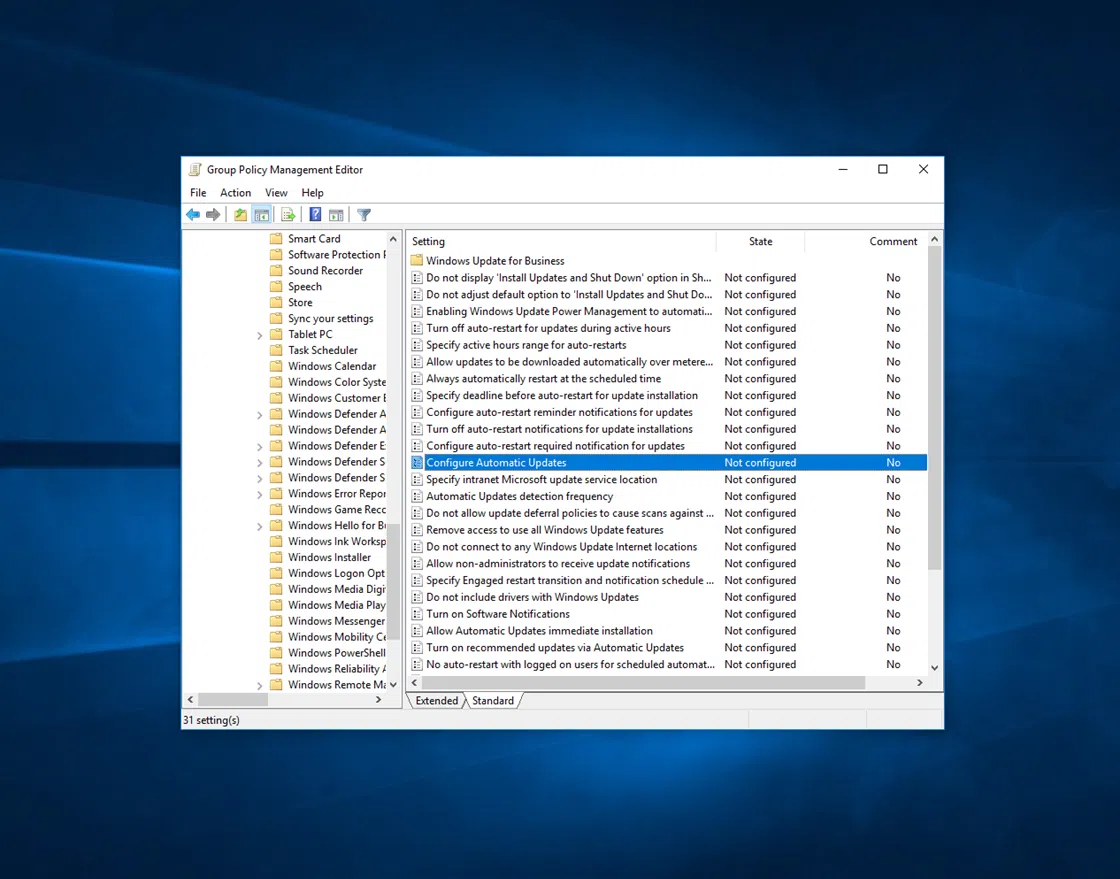
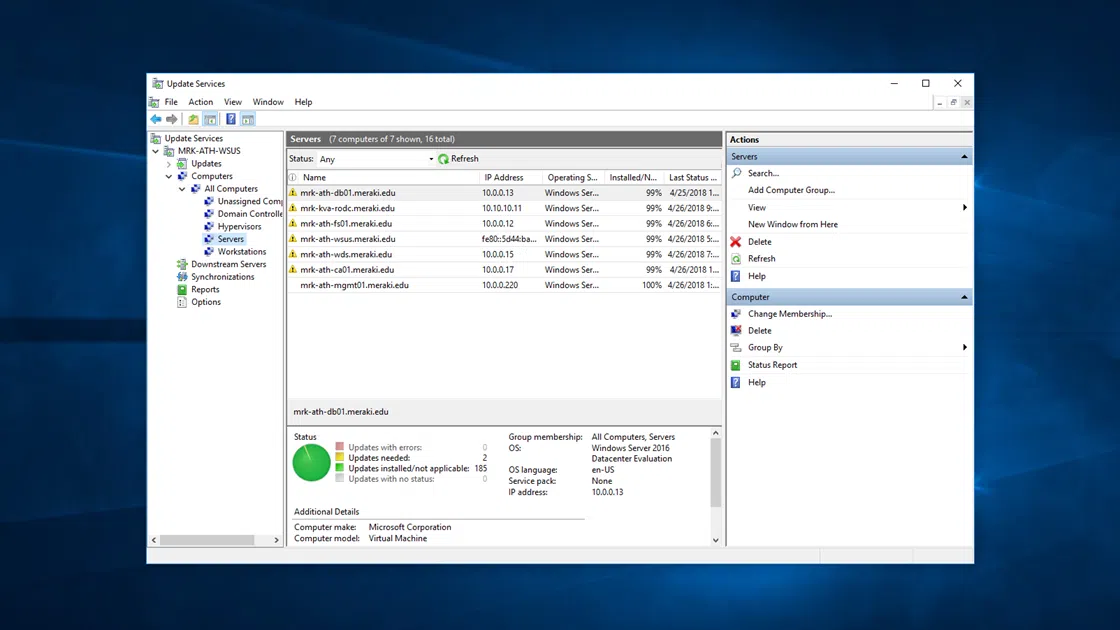
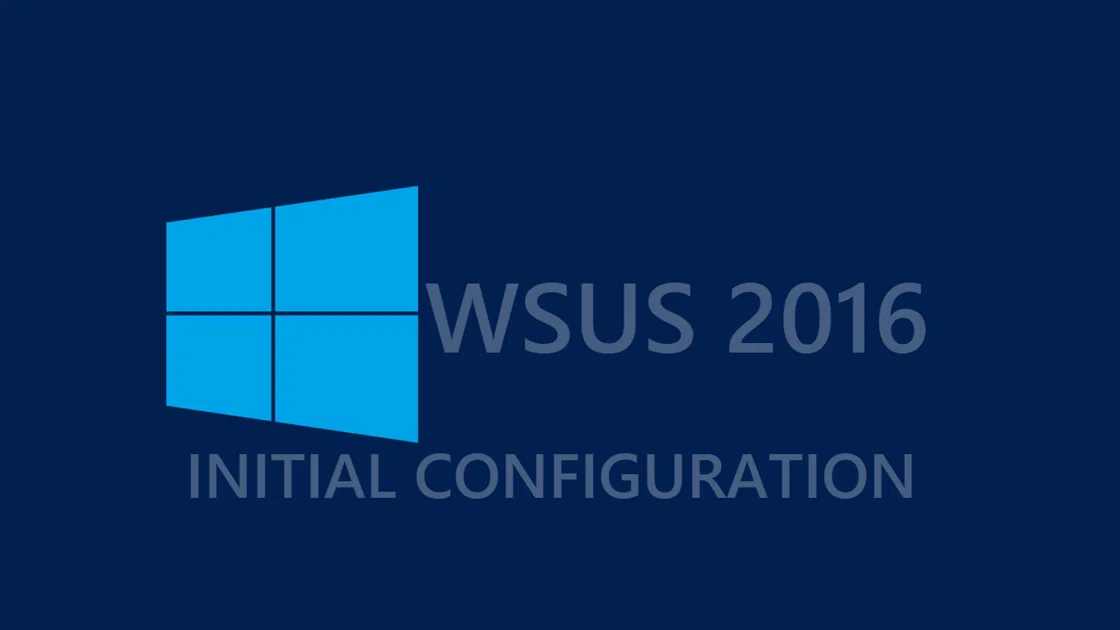
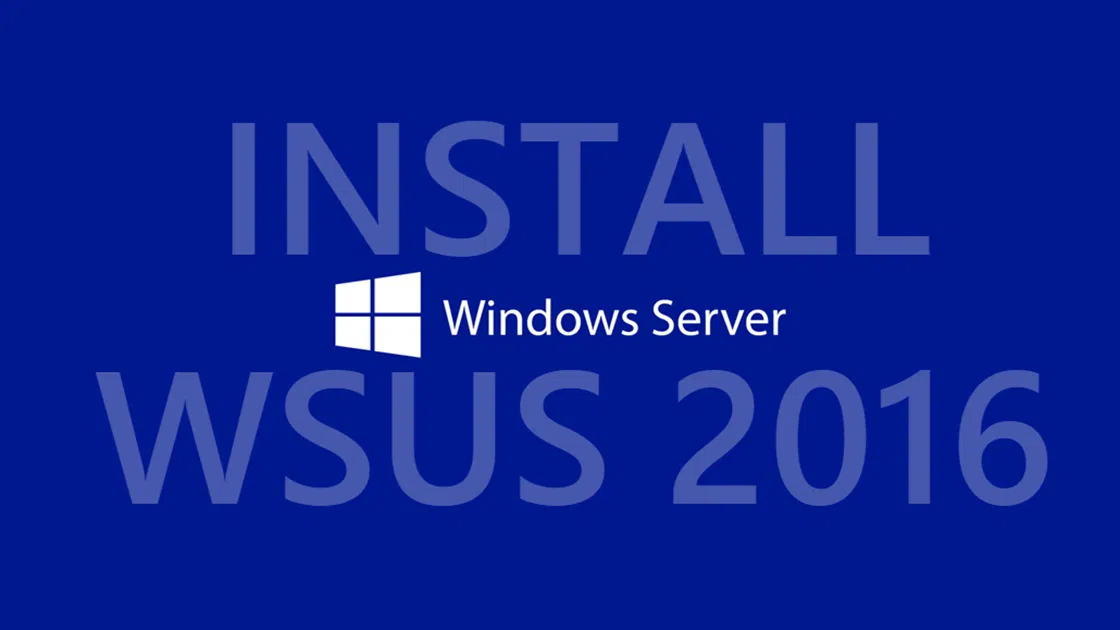
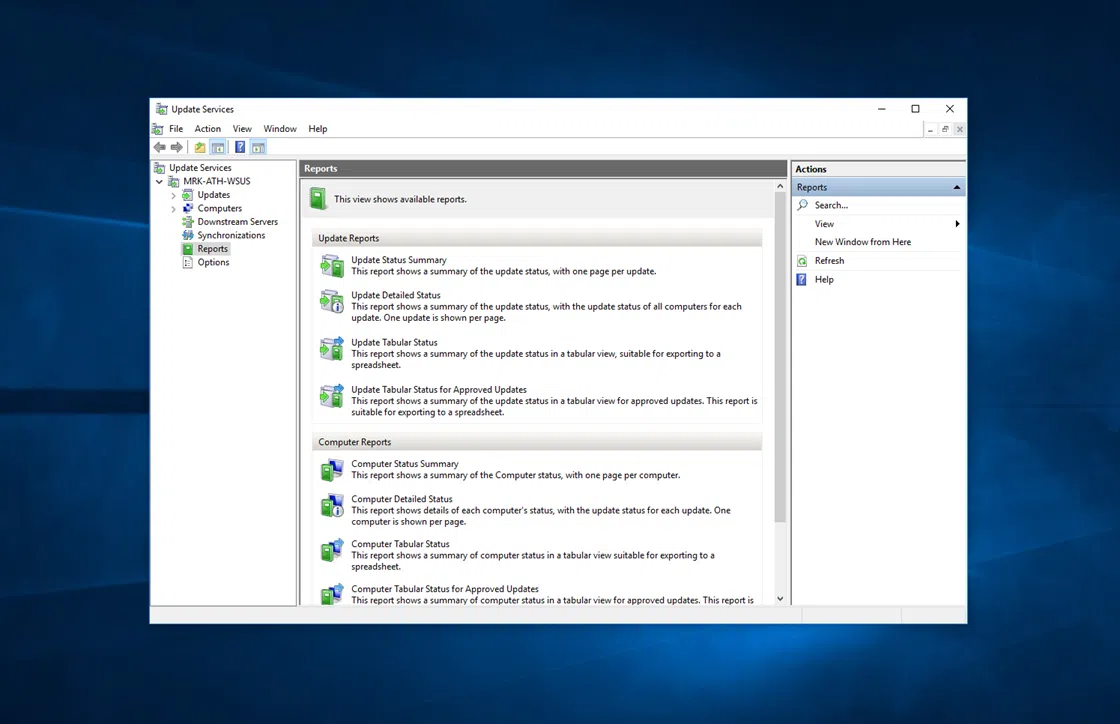


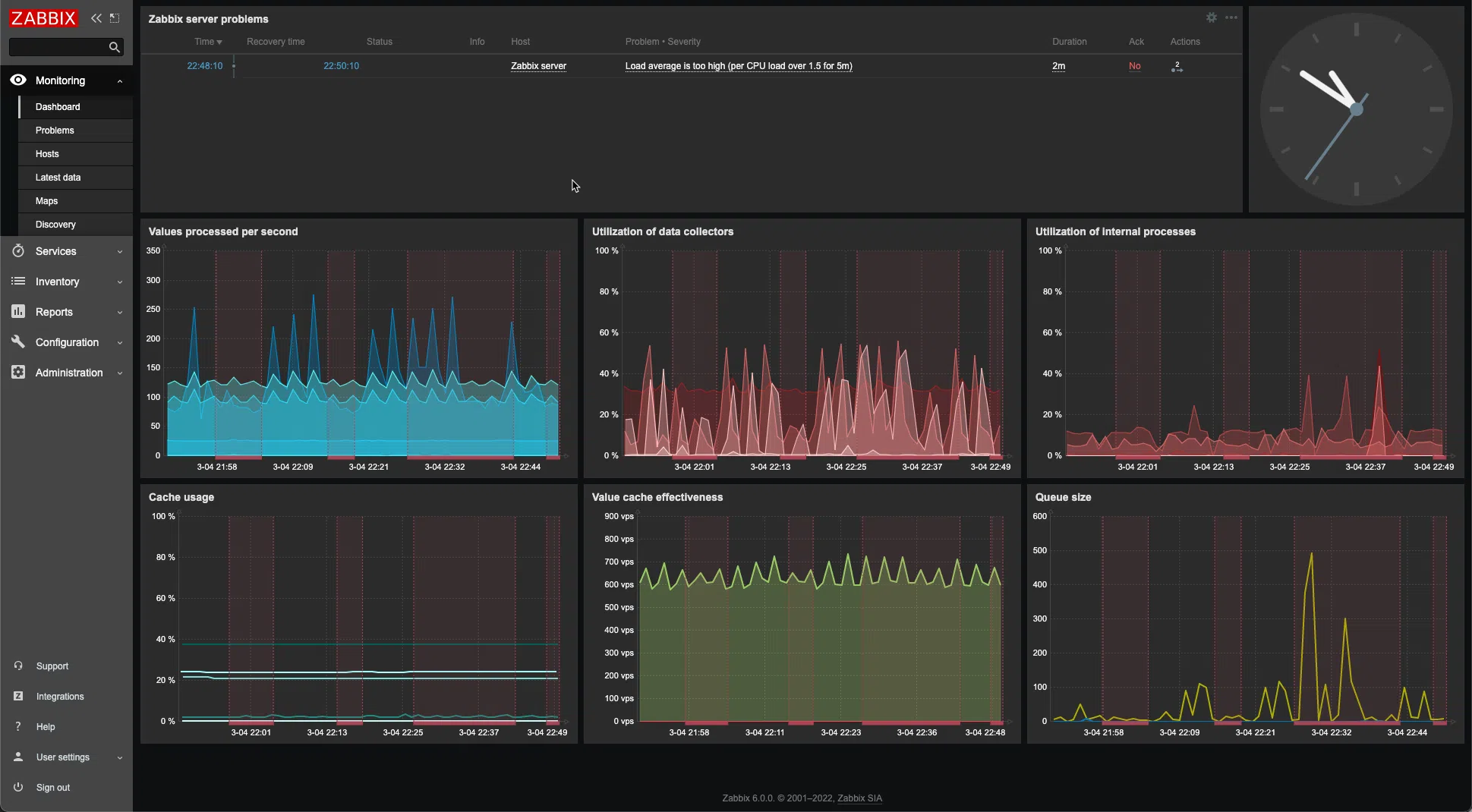
That might be a stupid question but in the Supported on, they use the “or”
What does it mean exactly. If i do apply this GPO will it apply only for Win Serv 2003 + ?
Will it apply only for win XP + ?
Or will it apply for both ?
It means that the policy will apply for Windows Server versions from 2003 onwards and for Windows client versions from Windows XP onwards.
work, thanks!
is there any way to do that with powershell?